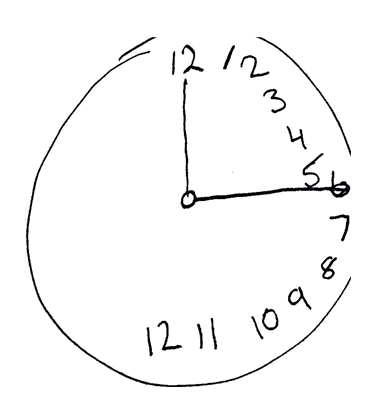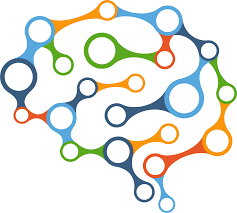The 5W’s and 1H of Bridging: A Breakdown of Bridging Practices in Therapy.
The Who
Who Does Bridging? Many kinds of therapists bridge! Psychologists, SLP’s, OT’s, and social workers are just a few of many therapists who perform bridging in their practices.
Who can benefit from bridging? Everyone. Patients with a variety of cognitive disorders benefit from bridging as bridging helps patients connect their therapy to their lives.

The What
What is Bridging? Bridging is the process by which a therapist guides a patient or patients through computerized exercises, discussion, a simulated activity, and a reflection of the activity to foster transfer of learning (generalization) of practiced skills in therapy to a patient’s daily life.

What Resources Can Teach Me About Bridging? We suggest the following two guides: Cognitive Remediation to Improve Functional Outcomes and Cognitive Remediation for Psychological Disorders. Both books can be purchased on Amazon.
The When
When Would I Do Bridging with My Patient? Your patient has been working with you for quite some time, has been doing cognitive remediation therapy exercises, and you and your patient are aware of their therapeutic and life goals. Once you feel that your patient has built a solid foundation of a cognitive skill or skills, you can test their foundation to learn how they connect what they are doing with you to the real-world. In addition, this can shed light on areas your patient needs to focus on so that you can tailor your treatment plan accordingly.

The Where
Where Would I Do Bridging? Many practices do (and should!) employ bridging as part of therapy. Because of the suggestion of doing bridging as a group therapeutic activity, you need a space that can fit 6-8 patients and 1-2 therapists. A meeting room works great for discussion. Depending on the bridging activity you are doing, you may need space to move around or engage with props and tools.
Where in the Therapeutic Process Does Bridging Fit? There is no set timeline or place to fit bridging into therapy, but one would carry bridging activities throughout the duration of therapy. This serves as a check-in to see how therapy is going and can help re-address concerns and goals. Prior to someone graduating from therapy, bridging should certainly be done!
The Why
Why Should I Do Bridging? Transfer of skill is key to your patient succeeding in life and accomplishing their goals. It is one thing to practice skills in therapy, but it is a separate task to execute them in daily life with the added noise and stress of real-world situations. Perhaps a patient is doing very well with cognitive exercises, but when they try to enact behaviors such as planning a get together with a friend, they fall-short. This could be because your patient gets anxious, has self-doubt, or there could be another cognitive skill that needs work. You will not know unless you try, much like how your patient will not know what is affecting them unless they try for themselves. Bridging serves to connect therapy to daily life, demonstrate mastery of skills, and shed light on the therapeutic process for both the patient and therapist to address concerns.

The How
How Do I Do Bridging with My Patient? There are many ways to do bridging. Bridging can be fun as you must get creative to come-up with real-world simulated activities to do with your patient. A typical bridging session includes:
- An introductory discussion to a cognitive skill you and your patient is working on and how it relates to an area of life.
- Brainstorming strategies they would use to tackle problems using that skill.
- Performing a related activity (that you come up with or borrow from one of the two guidebooks mentioned above!).
- Reflecting and discussing on how the activity was performed while brainstorming strategies for next time.
- Wrapping-up.
In Sum
Bridging is a key aspect of therapy, connecting practiced skills to real-life. Activities can show the therapist and patient where they need to focus therapy, as well as show mastery of skills. Doing bridging in groups offers a chance to work with more patients at once and for patients to discuss their unique approaches to solving a problem. This can help other members gain ideas of effective strategies they wish to try in their own lives for conquering related obstacles. Not performing bridging can be detrimental, as a patient may master skills on a computer or in a workbook but not be able to transfer them into real-life, making therapy ineffective.










